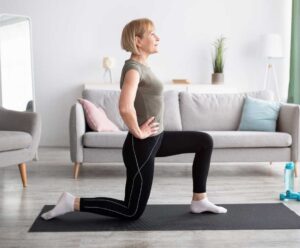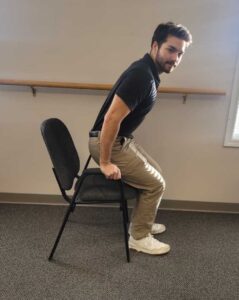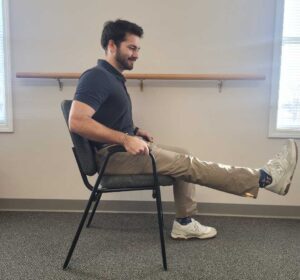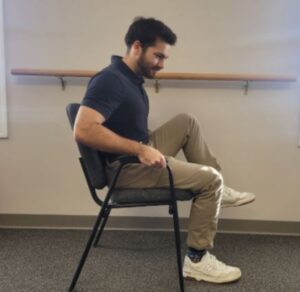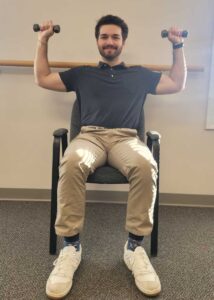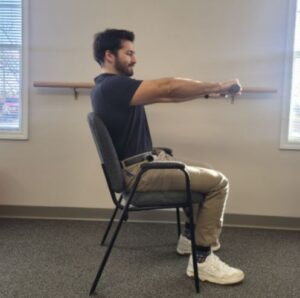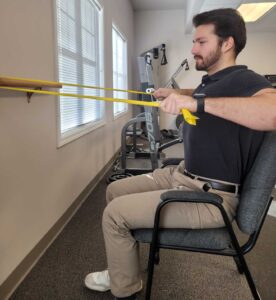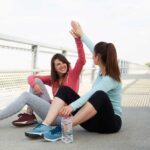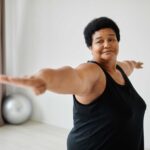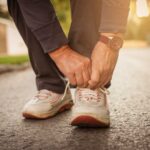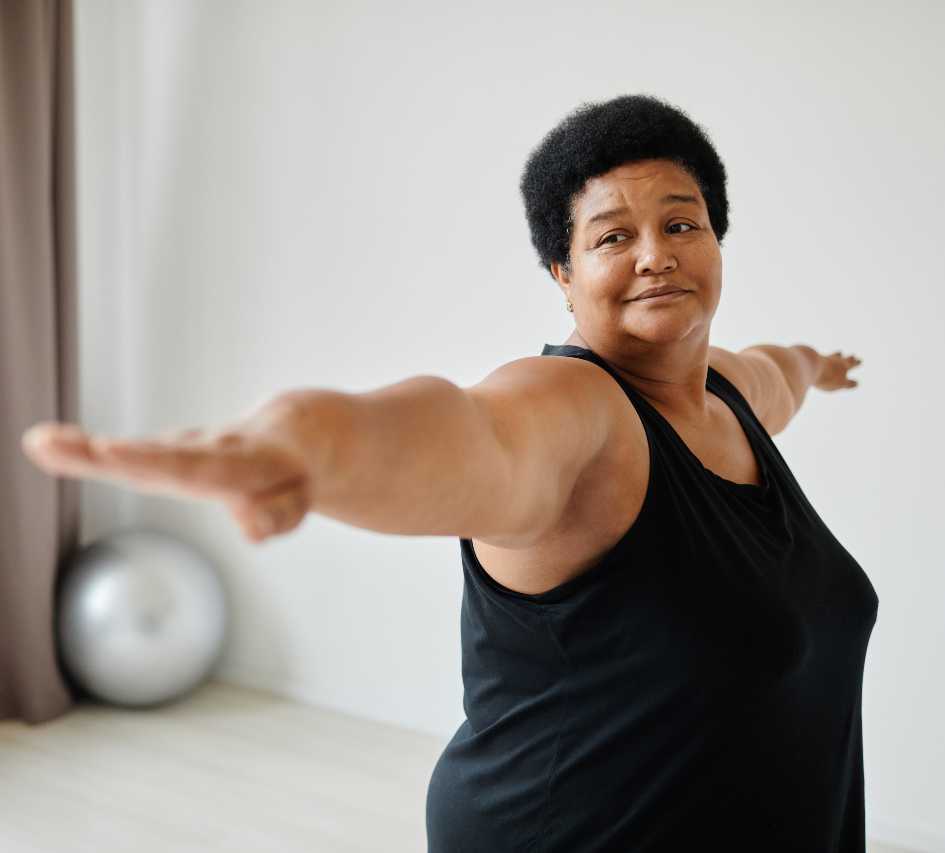
19 Feb Stay Fit Year Round: The Ultimate Bad Weather Activity Guide for Older Adults
By: Dr. Dakota Sneed
When the weather isn’t cooperating – too hot, too cold, too wet – it can be challenging for older adults to maintain their usual level of physical activity. However, staying active is crucial for overall health and well-being. Here’s why it’s important to keep moving even if you’re stuck indoors, and some practical ways to do so.
Why It’s Important to Move Your Workout Inside During Bad Weather
- Maintains Physical Health: Regular physical activity helps to maintain muscle strength, flexibility, and balance, which are essential for preventing falls and injuries. It also supports cardiovascular health, reducing the risk of heart disease and stroke.
- Boosts Mental Health: Exercise releases endorphins, which can help improve mood and reduce feelings of depression and anxiety. Staying active can also provide a sense of accomplishment and purpose, which is particularly important during the colder, darker months.
- Enhances Mobility: Keeping joints and muscles active helps to maintain mobility and independence. This is especially important for older adults who may already be experiencing some limitations in their movement.
- Supports Immune Function: Regular physical activity can boost the immune system, helping to fend off common illnesses like colds and flu, which are more prevalent during the winter months.
Indoor Activities to Stay Active
Here are some effective and enjoyable ways for older adults to stay active indoors. If you have concerns or existing physical issues, consult with your physician and/or physical therapist before beginning a new exercise program. If you experience pain or problems after trying new or current exercise, visit your medical provider.
- Chair Exercises: Chair exercises are great for maintaining physical health, especially for those with limited mobility or balance issues! They can help improve muscle strength, flexibility, and circulation while putting less stress on the joints. Additionally, chair exercises can enhance balance and coordination, reducing the risk of falls and promoting overall well-being. Chair exercises may include:
- Sit to Stands: Sit on a chair that is an appropriate height- think Goldilocks: not too high or too low, but just right! Place the chair against a wall to prevent it from moving. With your feet slightly apart, lean forward, so your shoulders are over your feet and stand up fully. Slowly return to sitting. For added challenge, try not to use your hands.*
*Only try this step if you have good balance and don’t have a history of falls.
- Seated Leg Lifts: Sit tall in a chair with your feet flat on the floor. Lift one leg straight out in front of you, hold for a few seconds, then lower it back down. Repeat with the other leg. For added challenge, try adding ankle weights or a resistance band around ankles. Be sure to choose light weights and more stretchy bands to begin with and don’t overdo it.
- Chair Marches: While seated, lift your knees alternately as if you are marching. For added challenge, try adding ankle weights around ankles. Again, choose appropriate weights and don’t overdo it.
- Seated Shoulder Press: Hold light weights (1-2 lbs. as pictured) or water bottles in each hand at shoulder height. Press the weights overhead, then lower them back to shoulder height.
- Seated Chest Press: Hold light weights (1-2 lbs as pictured) or resistance bands at chest level. Push the weights or bands forward, extending your arms, then return to the starting position. Begin with light weights and more stretchy resistance bands.
- Seated Row: Use a resistance band anchored around a sturdy beam or inside a doorway. Hold the ends of the band and pull them towards your chest, squeezing your shoulder blades together. Start with a lower-level (more stretchy) resistance band.
- Yoga and Stretching: Gentle yoga and stretching exercises can improve flexibility, balance, and relaxation. There are many online videos specifically designed for older adults. Try using Google or YouTube for specific videos on beginner yoga or stretching routines.
- Walking Indoors: If you have enough space, walking around your home or even marching in place can be a good way to stay active. If you have stairs, consider walking up and down the stairs as another form to stay active. Consider using a treadmill if you have one.
- Household Chores: Activities like vacuuming, dusting, and mopping can also count as physical exercise. They keep you moving and can be quite effective in maintaining fitness.
- Online Fitness Videos: There are many online fitness videos tailored for older adults on the internet. These can range from body weight exercises to Tai chi and provide a structured way to stay active. Try using Google or YouTube for specific videos on at-home workouts for beginners.
Conclusion
Staying active all year round is essential for maintaining physical and mental health. Bringing your fitness routine indoors during rough weather can ensure you don’t lose any fitness! By incorporating a variety of exercises into your daily routine, you can ensure that you remain fit, healthy, and happy no matter what Mother Nature throws at you. Remember, it’s never too late to start, and every little bit of movement counts!
Body One can help you move, feel, and live better. If you need help getting active, reaching your goals, or feeling better, you’re in the right place. Come see our caring expert providers at Fishers, North Meridian, or Zionsville.

